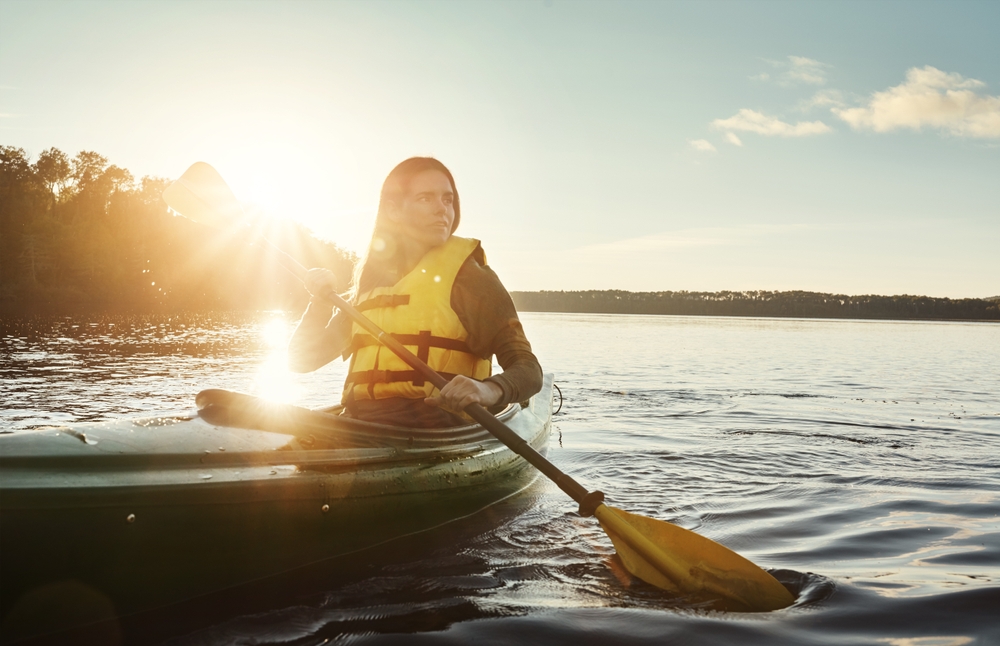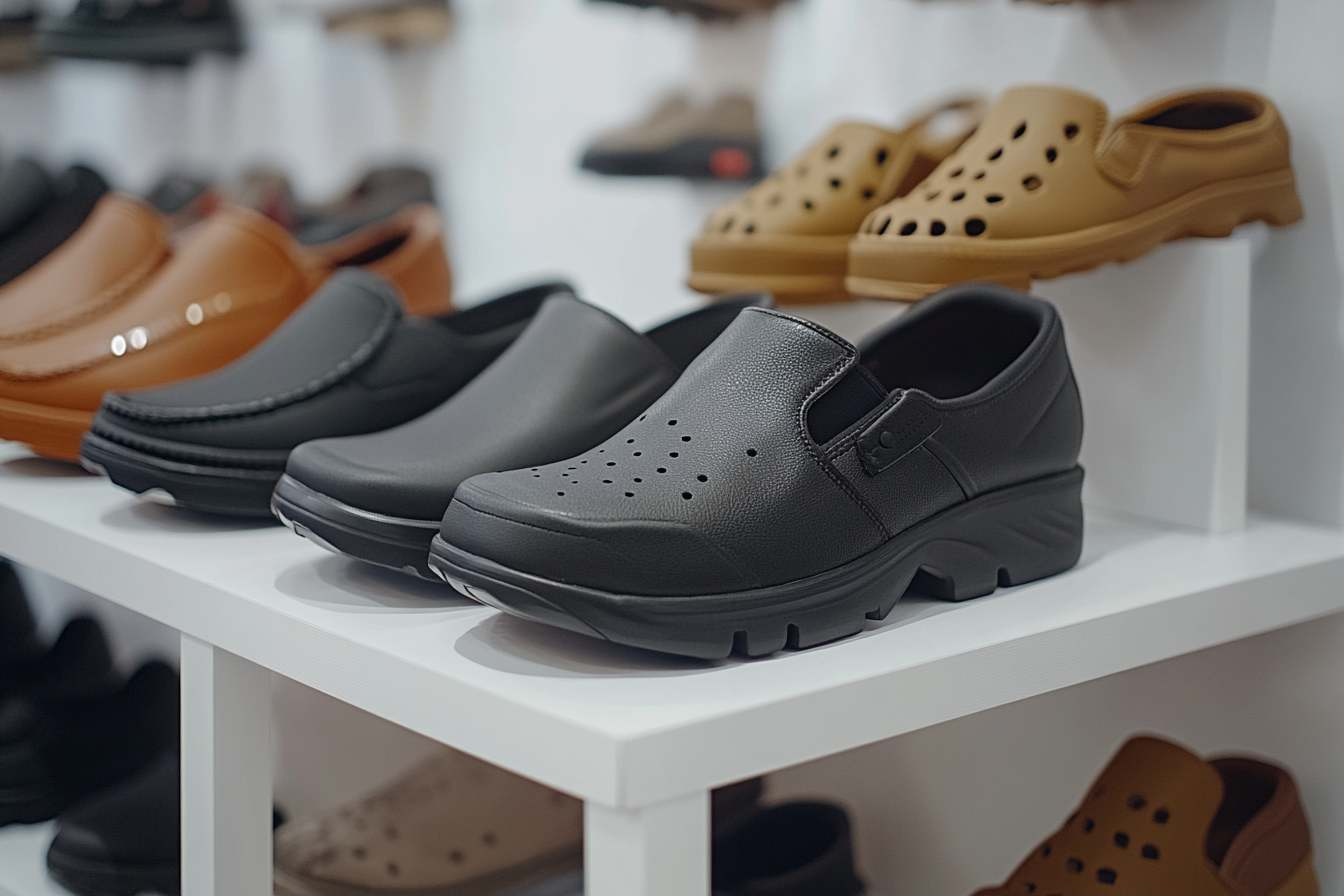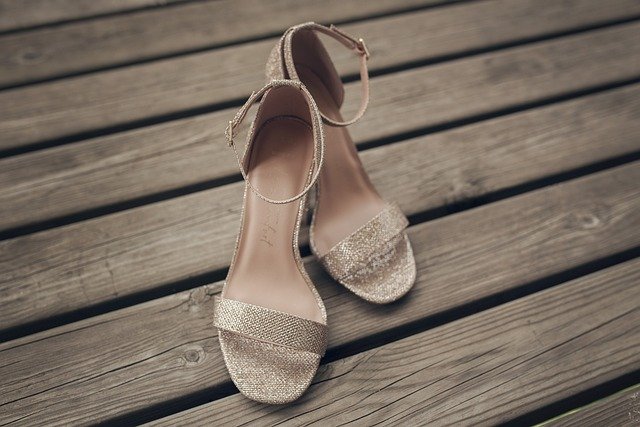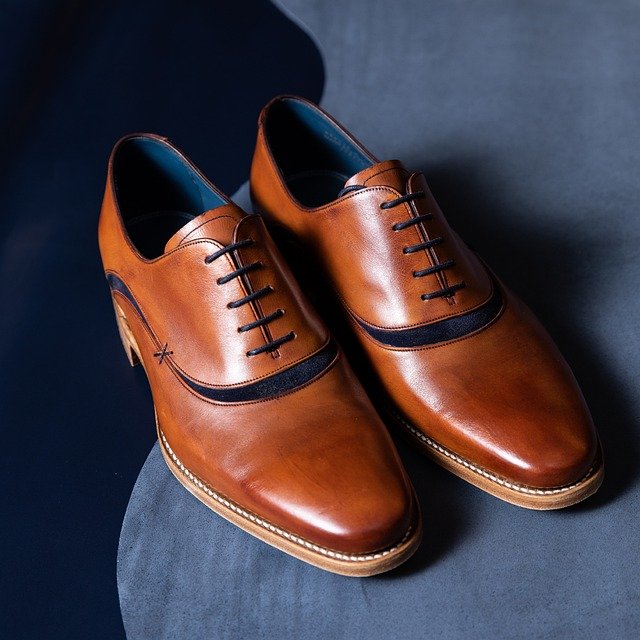Cheap Fishing Boats: Smart, Practical Choices for Budget-Minded Anglers
Finding an affordable fishing boat doesn't mean sacrificing quality or safety. Whether you're a weekend angler exploring calm lakes or a beginner testing the waters, budget-friendly options like jon boats, aluminum skiffs, and inflatable dinghies offer reliable performance without breaking the bank. With careful selection, proper maintenance, and smart outfitting choices, you can enjoy countless hours on the water while keeping costs manageable and maximizing your investment over time.

Fishing from your own boat opens up new waters, better access to prime fishing spots, and the freedom to explore at your own pace. For anglers working within a budget, the good news is that affordable fishing boats are widely available and can deliver excellent performance when chosen wisely. Understanding the types of boats available, knowing what to look for when buying, and learning how to outfit and maintain your vessel economically can make boat ownership both practical and enjoyable.
What Are Common Types of Affordable Fishing Boats?
Budget-conscious anglers have several proven boat styles to choose from, each offering distinct advantages. Jon boats are flat-bottomed aluminum vessels known for their stability, shallow draft, and low cost. They work well in calm rivers, ponds, and lakes, and their simple design keeps maintenance minimal. Aluminum skiffs are slightly more refined, often featuring a V-hull for better handling in choppier conditions while remaining lightweight and fuel-efficient. Inflatable dinghies provide portability and easy storage, ideal for anglers with limited space or those who fish occasionally. These boats can be deflated, transported in a car trunk, and inflated at the water’s edge. Each type suits different fishing styles and environments, so consider where and how you’ll fish most often before deciding.
How Do You Choose Between New and Used Boats?
Deciding whether to buy new or used depends on your budget, mechanical skills, and risk tolerance. New boats come with warranties, the latest features, and peace of mind, but they carry higher price tags and depreciate quickly. Used boats offer significant savings and allow you to afford a larger or better-equipped vessel for the same money. However, they require careful inspection to avoid costly repairs. When evaluating a used boat, check the hull for cracks, soft spots, or signs of previous damage. Inspect the transom for rot or weakness, especially on older models. Test all mechanical systems, including the engine, steering, and electrical components. Request maintenance records and verify the boat’s history if possible. Avoid boats with unclear ownership, missing documentation, or signs of neglect. A pre-purchase marine survey, though an added expense, can save you from expensive mistakes.
What Should You Know About Outfitting Your Boat on a Budget?
Once you have a boat, outfitting it properly enhances both safety and fishing success. Engines are often the largest expense, so consider a reliable used outboard from a reputable brand. Smaller engines consume less fuel and cost less to maintain, making them ideal for lightweight boats. Electronics like fish finders and GPS units have become more affordable, with entry-level models offering solid performance. Prioritize features you’ll actually use rather than paying for advanced functions you don’t need. Essential fishing gear includes rod holders, tackle storage, an anchor with adequate rope, life jackets for all passengers, a first aid kit, and basic tools for on-water repairs. Buy quality items for safety equipment but shop sales, secondhand stores, and online marketplaces for non-critical accessories. Many anglers find that simple, well-maintained gear outperforms expensive setups when used skillfully.
What Are the Safety, Licensing, and Legal Requirements?
Operating a boat legally and safely involves understanding local regulations and equipping your vessel appropriately. Most regions require boat registration and may mandate operator licenses or safety courses, especially for powered vessels. Check with your local marine authority to confirm requirements in your area. Safety equipment typically includes life jackets for each person, throwable flotation devices, fire extinguishers, sound signaling devices like whistles or horns, and navigation lights for low-light conditions. Smaller boats may have fewer requirements, but carrying comprehensive safety gear is always wise. Familiarize yourself with navigation rules, weather patterns, and water hazards in your fishing areas. Even budget boats must meet safety standards, so never compromise on equipment that protects lives. Insurance, while sometimes optional for smaller vessels, provides valuable protection against theft, damage, and liability.
How Can You Minimize Long-Term Costs Through Maintenance and Storage?
Proper maintenance and smart storage practices extend your boat’s lifespan and protect your investment. Rinse your boat with fresh water after each outing, especially in saltwater environments, to prevent corrosion. Inspect and lubricate moving parts regularly, check for loose fittings, and address small issues before they become major problems. Winterize your boat if you live in a cold climate, draining water systems and protecting the engine from freezing damage. Storage options range from outdoor covers to indoor facilities. Outdoor storage with a quality cover is the most affordable, while indoor or covered storage offers better protection at higher cost. For resale value, keep maintenance records, store your boat properly, and make minor cosmetic improvements before selling. Clean, well-maintained boats command better prices and sell faster. Timing your sale during peak buying season, typically spring, can also maximize returns. Budget boats that receive consistent care often outlast neglected premium models.
| Boat Type | Typical Price Range | Key Features |
|---|---|---|
| Jon Boat (10-14 ft) | 800 - 3,000 USD | Flat bottom, stable, shallow draft, aluminum construction |
| Aluminum Skiff (12-16 ft) | 2,500 - 8,000 USD | V-hull, better rough water handling, lightweight |
| Inflatable Dinghy (8-12 ft) | 300 - 2,500 USD | Portable, easy storage, ideal for calm waters |
| Used Fiberglass Boat (14-16 ft) | 1,500 - 6,000 USD | Durable, varies widely by condition and features |
Prices, rates, or cost estimates mentioned in this article are based on the latest available information but may change over time. Independent research is advised before making financial decisions.
Owning an affordable fishing boat is entirely achievable with the right approach. By selecting a boat type that matches your fishing style, carefully inspecting used options, outfitting smartly, and maintaining your vessel properly, you can enjoy years of fishing adventures without financial strain. Budget-minded anglers who prioritize practicality and care often find their modest boats deliver just as much satisfaction as expensive models, proving that smart choices matter more than price tags.




